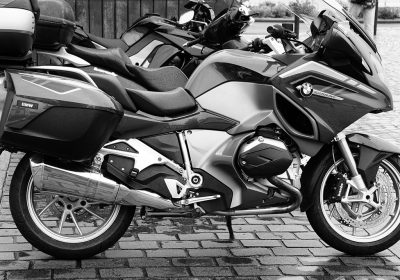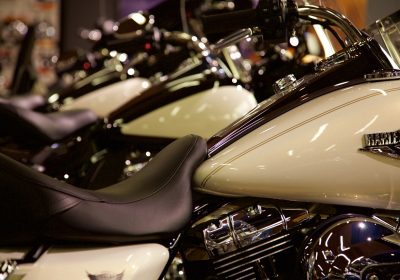Your motorcycle is your baby. When it comes to transporting your motorcycle across the state or across the country, there are several factors you should consider to ensure that your bike survives the journey in one piece. One of the most important considerations for the bike owner on-the-move is whether to ship professionally or do it yourself.
Professional Transport
Professional movers can offer a variety of advantages when transporting your motorcycle, including enclosed trailers, individual shipping crates, expert service, and specialized insurance. When shipping your bike with a specialized transport company, it is important to verify the type and amount of insurance coverage the company offers before committing to the contract.
If you do decide to ship professionally, you should prep your bike for the journey by removing all personal items, disarming the bike’s anti-theft devices, folding inside mirrors, locking handlebars, and leaving the bike in neutral. If you plan on shipping your bike via crate, you should remove the battery and drain the gas tank.
Regardless of your preferred professional transport method, you should always clean your bike and photograph any scratches or dents before shipment. This way, you can provide proof of existing damage for insurance purposes. Professional shipping doesn’t require any special equipment; Great Guys Moving Company notes all crates, trailers, and harnesses are provided. However, the convenience and personalized service may make shipping your bike costly.
DIY Transport
While professional shipping may be ideal for some bikers, others may prefer to keep their bike close at hand. This will be something you will want to think twice about if you’re moving out of state. Across state moves can be much more challenging and pose greater risks to your bike. If you don’t trust your wheels to just anyone, then DIY shipping is for you. First, you’ll need a vehicle big enough to transport your bike. That vehicle could be a truck with a large bed or a sizeable truck or SUV with a trailer attached. You may own a trailer, or you may choose to rent one. No matter what mode of transport you choose for your bike, you should ensure that the platform is long enough to accommodate the length of the motorcycle and should be free of any other boxes or debris.
Second, you’ll need a ramp to load and unload your bike. While some riders may suggest making your ramp using wood or other materials, the safest ramps are made of aluminum or other metals and built specifically for transporting motorcycles or other recreational vehicles.
Third, you’ll need a motorcycle chock to stabilize your bike on the trailer or truck bed. Chocks are specialized devices that secure the motorcycle’s front wheel and keep the bike upright during transport.
Finally, you’ll need sturdy tie-downs to secure the body of the bike to prevent it from shifting side-to-side during transport. Tie-down straps should be made of durable material, and should also be relatively wide to better distribute the weight of the bike across the sides of the trailer or truck bed. Straps with attached ratcheting mechanisms are suggested to ensure that straps are tightened sufficiently. Transporting your bike on your means that your bike never leaves your sight, lessening the chance of accidental damage through carelessness. However, if you have to buy expensive equipment, like a chock or trailer, if may cost as much, if not more, than professional shipping.
Ultimately, the transport method you choose will depend on your budget and preferences. Whatever the method, be sure to take the proper measures to ensure your baby arrives safely at its destination.


